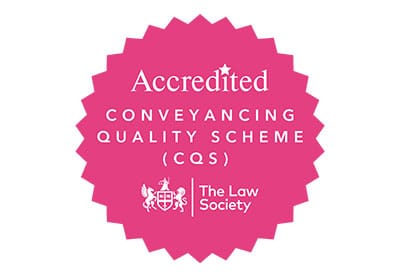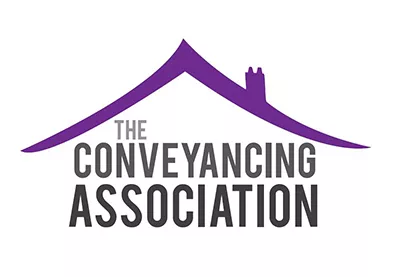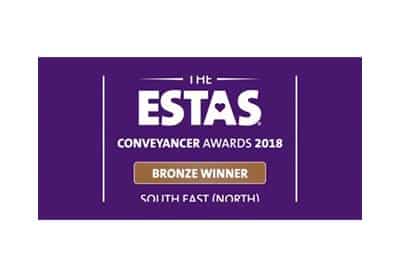A Licence to Occupy – A short term solution to a longer term ambition
By Sonia Elmer-Soman
Documenting rights to occupy
An owner of a commercial property wishes to grant a right of occupation to another party on a short term basis. The owner knows he can achieve this in one of three ways:
- by granting a short-term lease; or
- a licence to occupy; or
- a tenancy at will
The owner does not want the occupier to have exclusive possession of the property, nor for any interest to be created in it, or for any security of tenure to be established. In addition, no rights of alienation are to be granted, rent is not to be reserved at this stage and the owner would prefer a document that does not require the usual suite of due diligence, or registration at the Land Registry.
Which of the above meets the owner’s requirements in terms of ease of complexity, speed and fewer strings attached?
It is the Licence to Occupy.
Features of a Licence to Occupy
- Unlike the short-term lease and tenancy at will, the licence to occupy will not grant exclusive possession of the property to the occupier.
- Businesses can use the licence as an interim solution whilst they look for different premises or until a formal lease is negotiated and completed.
- The occupier will not benefit from security of tenure, meaning that once the licence ends, so does their occupation.
- Licences are exempt from Stamp Duty Land Tax.
- Licences to occupy are exempt supplies, unless the licensor has exercised the option to tax.
- The licence does not need to be registered at the Land Registry, because it does not create any registerable interest in the property. This is in contrast to a lease with a term of 7 years or above, which would need to be registered.
- The owner/licensor will not provide any services to the licensee. The licensor does not give any warranties in respect of the property.
- Unlike a lease, the costs associated with granting a licence are lower because far less due diligence of the property is required.
- No rent is reserved in the licence. Instead, a licence fee will be paid by the licensee. Ordinarily, no deposit is paid.
- Termination of the licence is straightforward and will usually require notice to be given in writing before the licence ends.
A note of caution for the Licensor and Licensee
Owners/licensors must ensure that the terms of the licence are drafted correctly. It is essential that the language used does not reflect terms ordinarily associated with a lease. This could have serious consequences and restrictions on the owner’s ability to use and enjoy their property in the future.
Drafting of the licence is equally important for the licensee, since the document is essentially giving permission to use the property (as would otherwise be a trespass) and that permission can be withdrawn on short notice. Whilst the licence is a contractual agreement between the parties, it does not give the licensee protections which would otherwise be afforded to them under a lease.
The piece relates to owners of commercial property seeking a stop-gap solution. However, it is possible to use licences to occupy in cases where the property is residential. If you require advice on licences to occupy involving a residential property, please contact our Conveyancing Team. If you are considering a licence to occupy for a commercial property, please contact our Commercial Department.


















